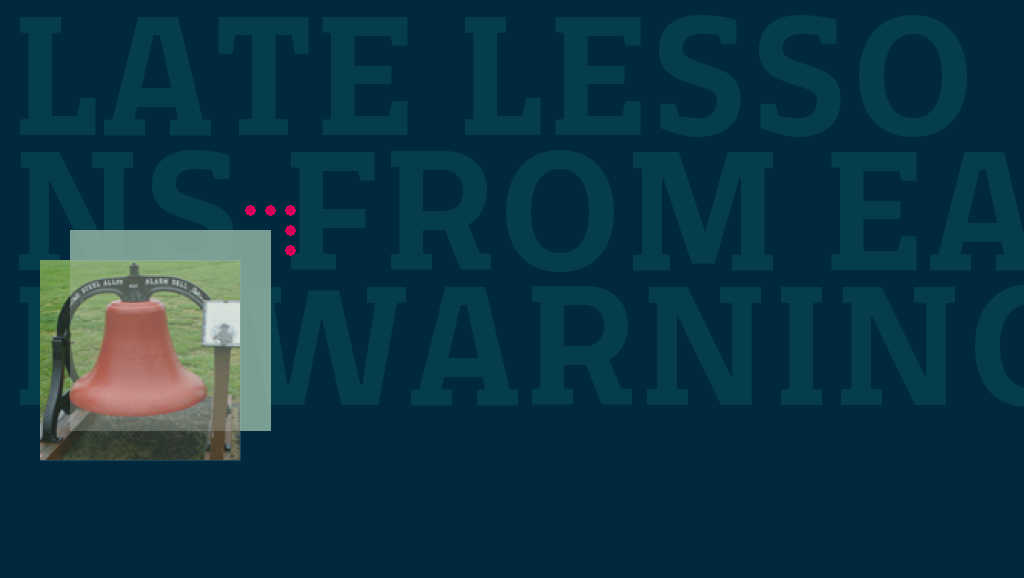Last month the European Union published its long awaited report “Late Lessons from Early Warnings 2. Science, precaution, innovation“, a follow on after more than a decade from the first report of the same name.
This is an enormous document of moire than 650 pages, extremely detailed and interesting, but a little difficult to navigate in PDF form. The range of topics is extensive, and the debates are broken into 5 sections.
Part A is entitled Lessons from Helath Hazards, and includes articles about the precautionary principle, the manipulation of research findings by the tobacco industry and links between male infertility and the pesticide DBCP.
Part B, Emerging Lessons from Ecosystems, looks at lessons that can be drawn from environmental change, including increased flood risk and the much debated honey bee problem.
Part C is entitled emerging lessons, and includes articles that are closest to the interest of the Bassetti Foundation, including several issues that we have addressed on this website such as nanotechnology, nuclear power and possible health risks associated with mobile technology.
Part D also covers many issues that may be of interest to our readers. Entitled Costs, Justice and Innovation these 3 chapters address many issues that are closely related to responsibility, from understanding the effects of inaction to protecting early warners and victims and the influence of business and commerce upon decision-making.
The final part E is entitled Implications for Science and Governance, and again draws upon many arguments that are very close to the interests of the Foundation. The issue of precaution is addressed before a concluding chapter wraps up the report.
As I stated this is an extremely well prepared and complex document, but it is not really designed to be read on a laptop on PDF. Each section has its own contents but the document does not have a concise index or contents page that covers the entire publication, and this makes navigation difficult. The articles are extremely thought provoking however, with plenty of cases of inaction and doubt that lead to a little eyebrow raising.
The Summary document is excellent however, and certainly can point the reader towards the articles of personal interest to many fields. I would certainly reccomend the nanotechnology article on page 562 as a good starting point. The description of lack of regulation in the face of evidence of dangers is almost shocking.
















